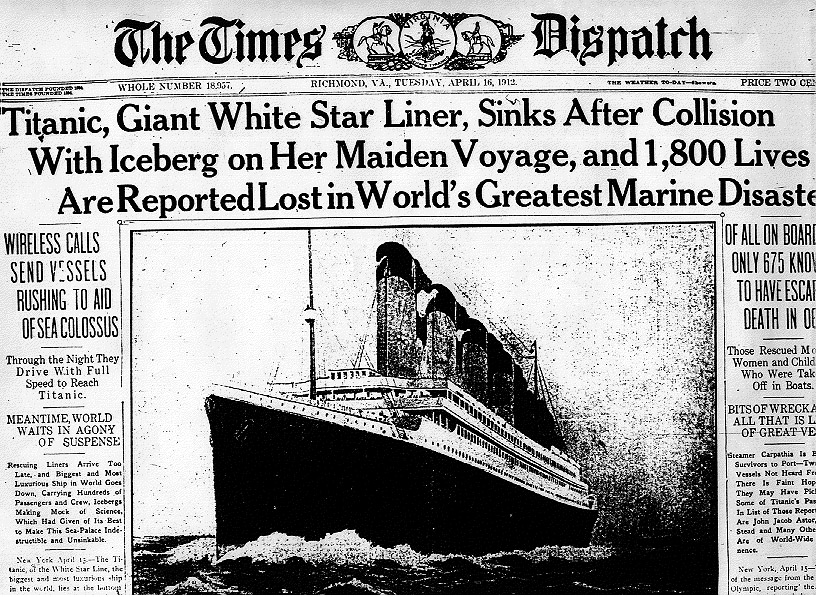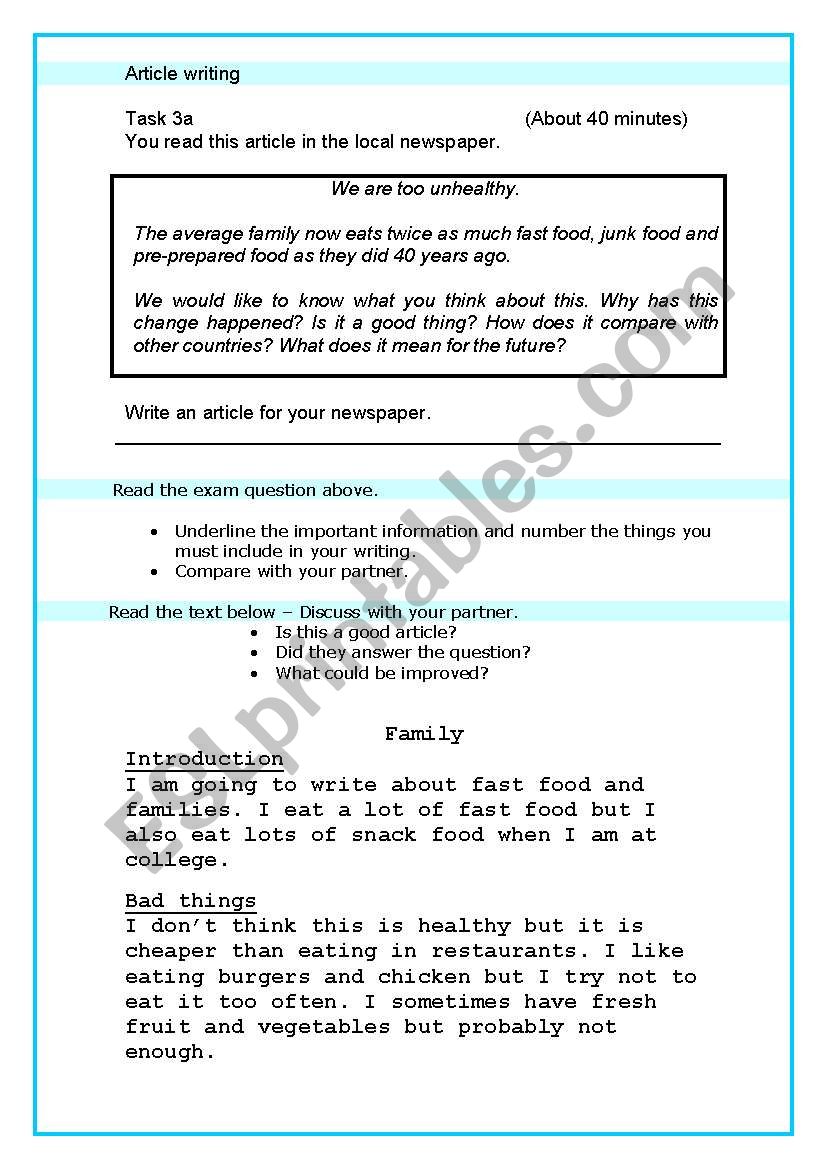


Journal articles bring their own set of challenges. Using active reading strategies can improve comprehension and ensure that you actually retain the information you read.

Understanding and using effective active reading strategies can transform reading and study time from frustrating and confusing to meaningful, purposeful, and successful. Many students find that the skills they needed and used in high school are not as effective in college. The amount of reading assigned and the level of difficulty significantly increase from high school to college. Reading any college-level text can be challenging and time-consuming.


 0 kommentar(er)
0 kommentar(er)
